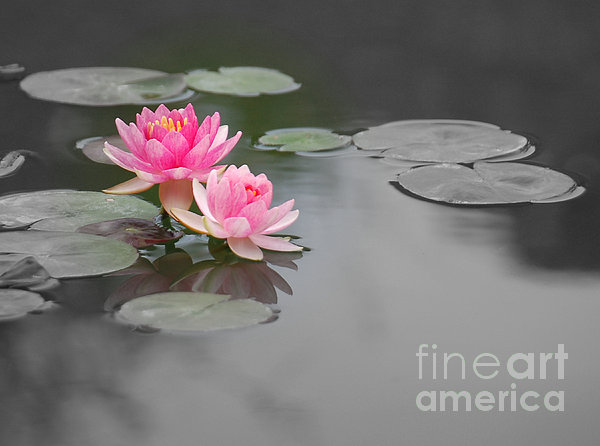...are the rules for using the Elements of Design well.
There are seven Principles (just like there are seven Elements). They are;
Balance, Unity, Pattern/Rhythm, Variety, Proportion, Movement, and Emphasis/Focal Point.
In visual art, balance refers to the visual weight of the objects in the picture. If there are too many elements on one side, and not enough on the other, the picture does not feel balanced.
Unity
This means that everything in the picture feels like it belongs there. An example of a picture that does not have unity would be a hot summer beach with a snowman on it.
Pattern/Rhythm
We have all known what pattern is since we were in kindergarten. It is a set of repeating elements. Rhythm is a complicated pattern. Human beings are attracted to pattern and rhythm. We crave it. That is why we make and listen to music! If you can create pattern or rhythm in your artwork, people will be drawn to it.
Variety
"Variety is the Spice of Life". Ever heard that old phrase? Although it is cheesy, it is also true! You don't want to bore your viewers with too much of the same thing. Try using different sizes, shapes, colors, or lines to give your work more variety!
Proportion
This means that each of the parts are the right size to belong to the whole. This is very difficult to describe, but very easy to recognize. In cartoons, the characters are usually out of proportion. The head is too big, the legs are too small; that sort of thing. That doesn't mean that cartoon artists are stupid and don't know proper proportion! It just means that they know the rules of proportion and are breaking them on purpose! If you want to be a cartoon artist, I recommend that you first learn the rules of proportion, so you can do a better job of breaking them when you need to.
Movement
This does not mean that the stuff on your picture moves around! Movement refers to what the viewers' eyes are doing when looking at your picture. You want to keep the viewer looking at your artwork for as long as possible, so you should try to design your picture to lead the viewers' eyes around in it. This is NOT easy!
Emphasis/Focal Point
This is the most important thing in the picture. It is the thing you want the viewer to look at first! You should manipulate the elements so that the viewer's eye is drawn to it like a magnet. Notice in the picture above that your eyes are drawn to the pink flowers because the are so strongly different in color from everything else in the picture.
Be careful putting people in your picture unless you want them to be part of the focal point. We are drawn to the human figure, so most viewers tend to look at people in a picture first.






















































+dig+pics+015.jpg)